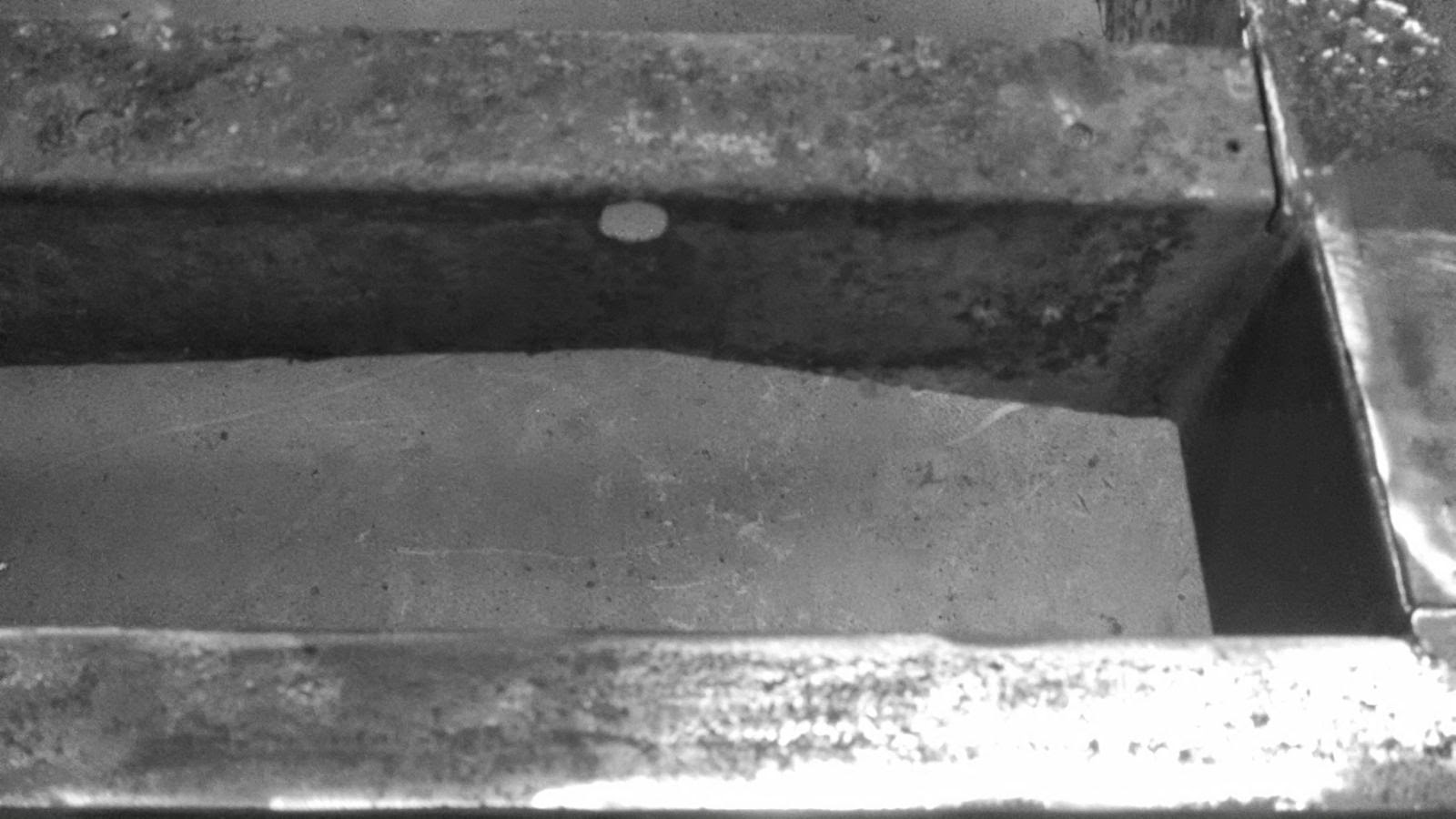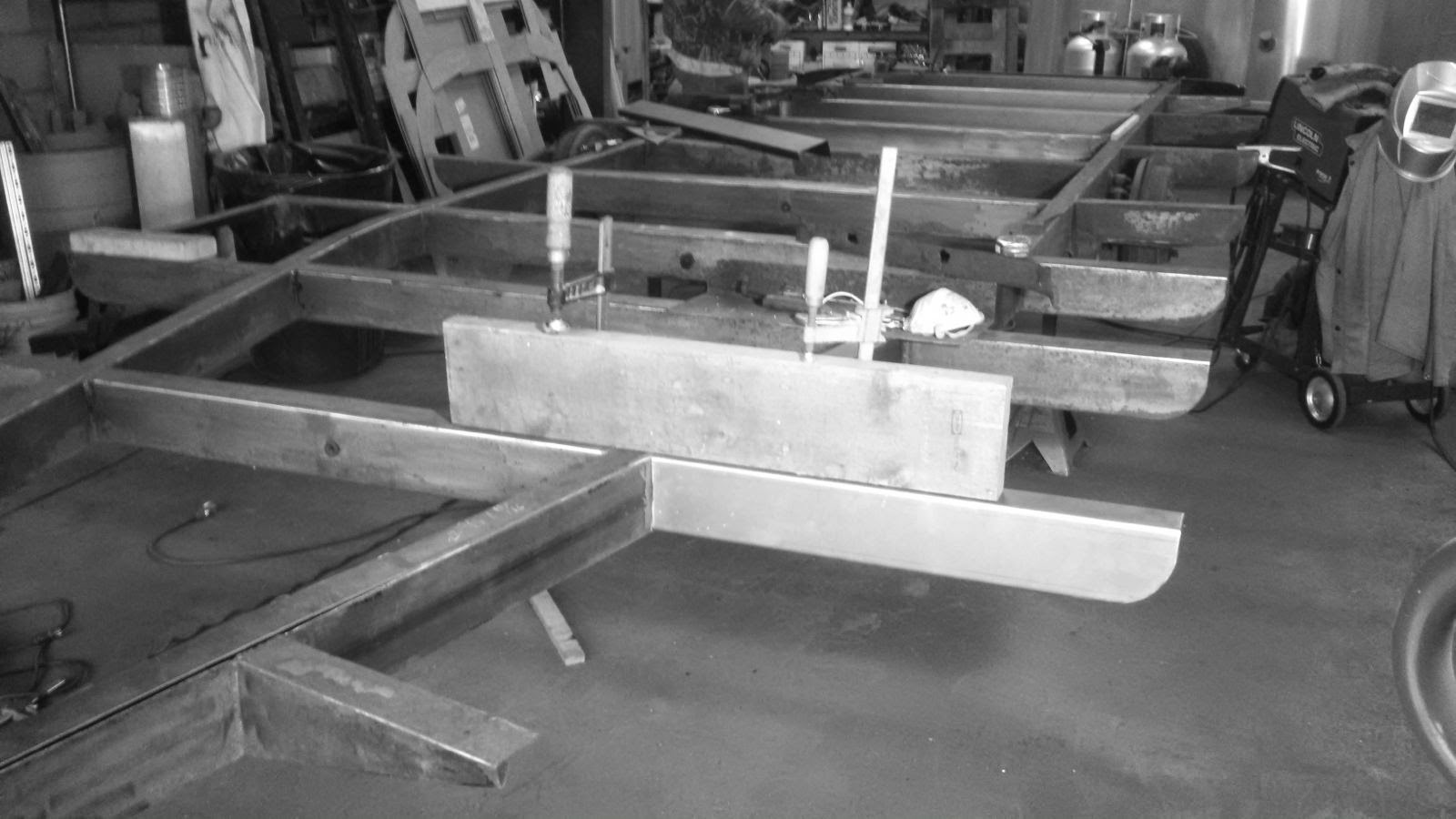Frequent readers will most likely recall this 1957 Caravanner. She was in a few years ago for some repairs to make her usable for right then. A truly temporary bandaid. Now she is in for a shell off restoration.
As always, it begins with making templates. I made a template of the entire trailer. No guessing this way.
Next the drilling of rivets began. All the way around. Lots of holes...
Then under the gantry.
There is always one blind rivet that hangs up the upward motion.
The chassis was brought into the shop next. I love that 1/4" maple plywood. It was nailed down to hide the rotten floor.
The chassis was next jacked up to belly button level. This makes working under and on it more ergonomic(not really. It is just an excellent height to roll under and work on top of. Ergonomic sounded so sophisticated when the words were forming in my head that I decided to use it).
We just started breaking off bolts at the rear and worked our way forward.
The wheel wells got rather complicated. You may have heard of blind rivets holding the shell or belly pan in place. Well, there were blind screws. There were screws that one just could not see.
Something else that could not be seen was major structural cracks in the frame. This is right where the front shell meets the A frame. A little too much tongue weight or too much tension on a weight distribution system and this frame would have gone "snap"
The rear cross member and two others were replaced.
A lot of holes were repaired.
Two out riggers were replaced. The longest and the shortest. What's up with that?
The steps were all messed up. I sort of made them semi usable when I worked on this trailer last time. Now the step works very well.
Paint/ rust preventative coating ready.
Stay tuned. (Check back too)





































































